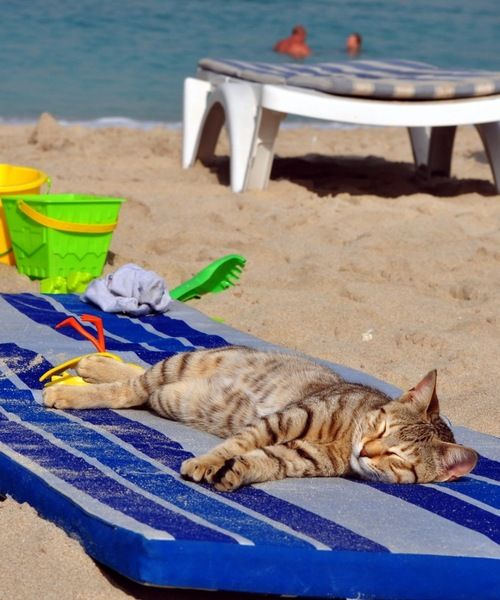

If fleas are still around, you might need an exterminator to address the problem.Įven in large numbers, fleas are tiny and pretty easy to kill.

Make sure all your pets get flea treatment. Any untreated pet can be a flea reservoir, and you'll never get control of the flea situation. Until all of your pets are treated, fleas will win the battle.Keep pets, kids, and everyone else away until all surfaces have dried.

If you’re worried about chemicals in the house, try a natural citrus spray. Sprays that work the best have the ingredient methoprene or pyriproxyfen. Take all pets and family members out of the house, and then coat carpets and other surfaces with a flea spray. Treat Stubborn Fleasįleas that stubbornly stick around despite treatment may call for more serious measures. Use hot water so no bugs will survive the wash cycle. Strip off any bedding, sofa covers, and other fabrics your pet has touched and throw them straight into the washing machine. Just don’t forget to throw away the vacuum’s bag or wash out its canister with warm, soapy water when you’re finished. You'll also get rid of live fleas this way. Clean the carpets, cushioned furniture, and cracks and crevices in the floor to suck up any eggs before they can hatch. Give them the chance to hatch, and you'll have a full-blown flea infestation on your hands.Ī thorough cleaning of your home can help you solve the problem: Those can roll right off your cat and onto your carpet, couch, or comforter.
#Pictures of kitty jump in the water full#
It provides a full month of flea protection to help prevent future hatchings.Ī female flea can lay up to 50 eggs a day. Spinosad (Comfortis) is a fast-acting chewable that starts killing fleas before they lay eggs. It doesn’t have any lasting effects, though. The pill nitenpyram (Capstar) kills adult fleas on your cat within 30 minutes. Some common active ingredients and brands include:Ī flea collar with flumethrin and imidacloprid (Seresto) can also work well. If you’re not getting the treatment from your vet, read the product label first to make sure it's safe for cats. Ask your vet where on your cat to put the product, how much to apply, and how often to use it. You can buy them from your vet or online. Spot-on treatments are safer, more convenient, and more effective than traditional dusts, shampoos, and sprays. Protect your pet with a flea barrier to prevent these tiny pests from settling in. Your cat's warm, furry coat and nourishing blood supply are a flea's dream home.
#Pictures of kitty jump in the water how to#
You can ease their itch (and protect yourself) by knowing how to spot and destroy fleas on your pet and in your house. A cat who scratches, chews their skin, or seems restless could mean that they have fleas.


 0 kommentar(er)
0 kommentar(er)
